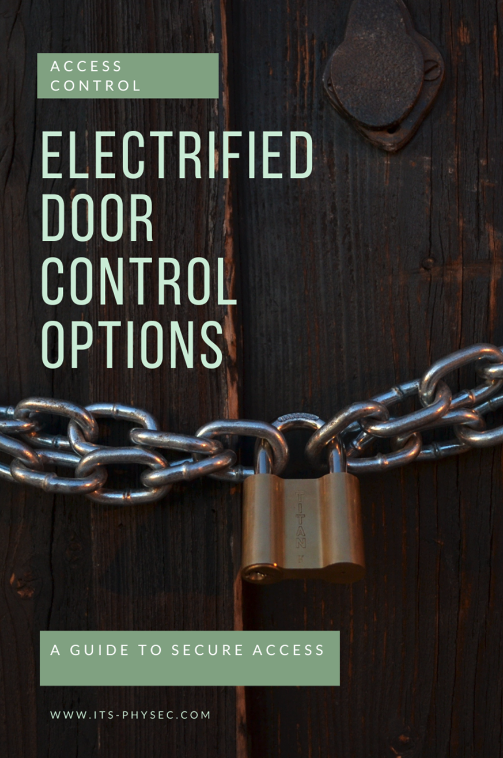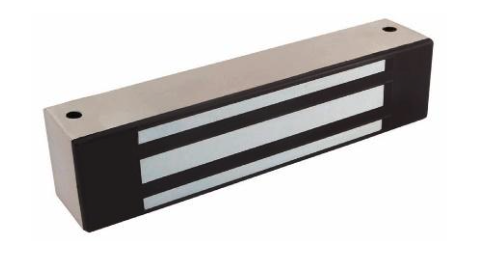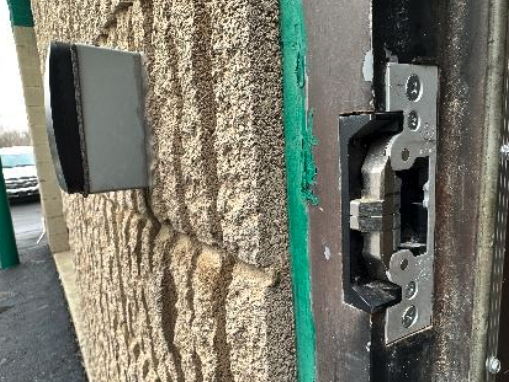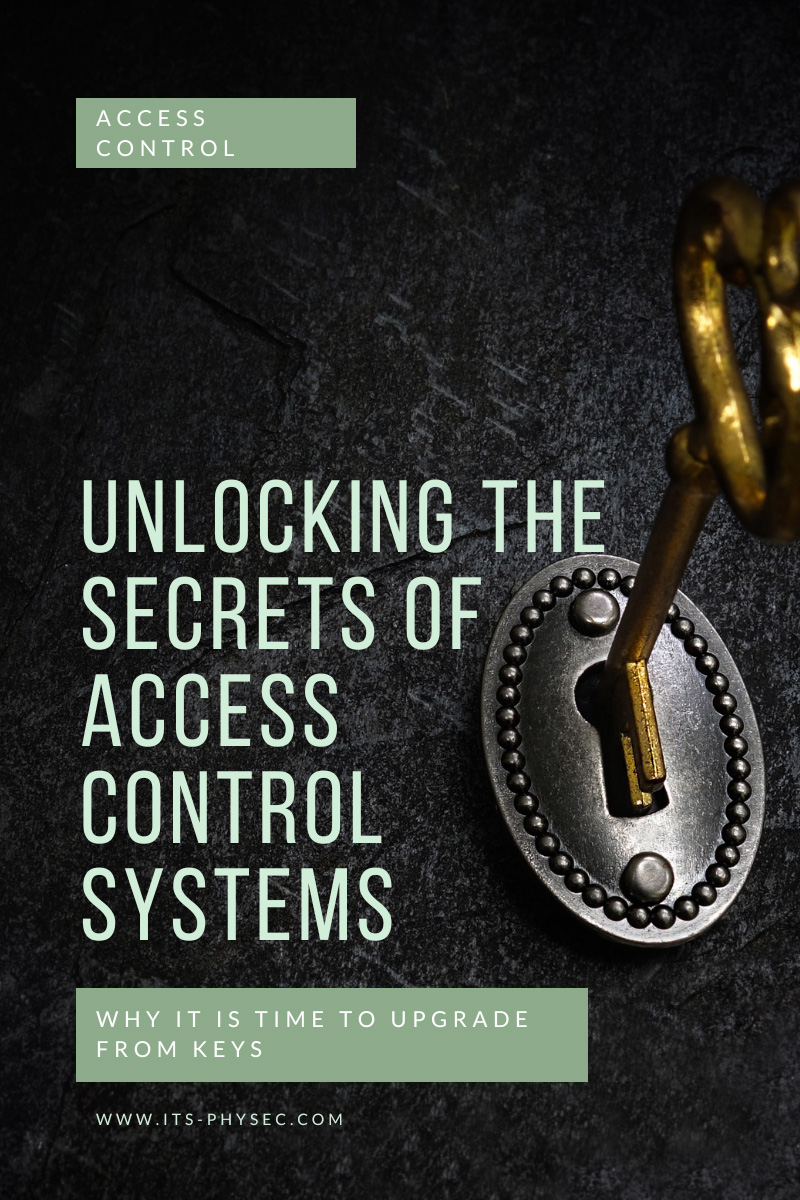
Electrified Door Control Options: A Guide to Secure Access
Access control is a critical component of securing any facility. Choosing the right method for controlling entry and exit is essential to ensure the safety of employees, visitors, and assets. While magnetic locks are a popular option for controlling access, they have limitations and potential safety issues that must be addressed. In this article, we will explore the limitations and safety concerns associated with using magnetic locks, as well as the advantages of electrified control devices for door access. We’ll also cover the different types of electrified door control devices and the benefits and drawbacks of each.
Magnetic Locks

Magnetic locks are one of the most basic and expensive ways to control access to a facility. However, using a magnetic lock can pose potential safety issues, especially during emergencies. Magnetic locks impede egress, making it difficult for people to exit the building in the event of a fire or other emergency. Therefore, several additional safety devices are required when using magnetic locks. These devices include a tie to the fire alarm, which will unlock the door in the event of a fire, a request to exit motion that will unlock the door when someone approaches from the unsecured side, and a request to exit button on the interior that will unlock the door for a period of time when pressed. Once tied to the fire alarm system, the doors must be tested and certified by the AHJ, or Authority Having Jurisdiction, such as the local fire official. All these additional measures and devices come at a cost.
Electric Strikes
Electric strikes are an effective and affordable solution for controlling access to a facility. They are designed to replace the mechanical strike on the frame of the door, and when power is supplied, the strike releases and allows the door to be opened. There are two main options for electric strikes: fail-safe and fail-secure.

Fail-safe electric strikes are designed to release and unlock the door when there is no power. They are commonly used in buildings that require free exit, such as schools or public buildings. Fail-secure electric strikes, on the other hand, remain locked when there is no power, making them ideal for securing sensitive areas or valuables.
One of the main benefits of electric strikes is that they don’t impede egress, making them a safer option in the event of an emergency. They are also a more affordable option than magnetic locks, as they do not require as many additional safety devices to be installed.
Electrified Lockset
An electrified lockset is another option for controlling access to a facility. This device replaces the existing door lockset and handle with a new electrified version. The door is then removed from the opening and a hole is drilled from the middle hinge through the door horizontally to the lockset. A special power transfer hinge or door loop is installed that carries low voltage power from the frame through the hinge and to the lockset.
From the unsecured side of the door, the end-user simply exits the door by turning the handle as with any non-electrified lock. On the secured side of the door, the lock remains locked and will not turn until voltage is applied and the door is momentarily unlocked. This method allows for egress without impeding it and maintains the aesthetics of the door.
Powered Panic Devices
Panic bars are commonly found on doors that require secure access, as they allow for quick and easy exit in an emergency situation. To convert these bars into powered devices, a solenoid module can be added directly onto the bar itself. Just like with a powered lockset, low voltage power is transferred from the frame to the panic bar to power the solenoid.

When power is applied, the solenoid pulls the panic bar in, unlocking the door. Older units may produce loud noises during operation, but newer units typically have much quieter stepper motors that barely make any noise at all.
When considering converting panic bars into powered devices, it’s important to determine how the existing devices latch. Is it with a vertical rod at the top and bottom of the door, or can a mullion be installed in the middle of a double door set to eliminate the need for vertical rods? A knowledgeable door hardware expert can help make the right decision based on the specific application, ensuring a cost-effective and functional solution.
Conclusion
Controlling access to a facility is an essential part of securing it, and there are several options available for achieving this. Magnetic locks are a rudimentary and expensive way to handle access control, and they impede egress, which can pose a life safety issue in the event of an emergency. Electric strikes, electrified locksets, and powered panic devices are effective and affordable alternatives that don’t impede egress, making them safer options in the event of an emergency.
When selecting a door access system, it’s important to consider the specific needs and circumstances of the facility. Choosing the best method for controlling access can help to ensure the security and safety of the building and its occupants.In conclusion, door access systems play a crucial role in an effective access control system, and there are several reliable and cost-effective options available for controlling door access. By considering the advantages and disadvantages of each option, facility managers can make informed decisions that will help to ensure the safety and security of their buildings.

